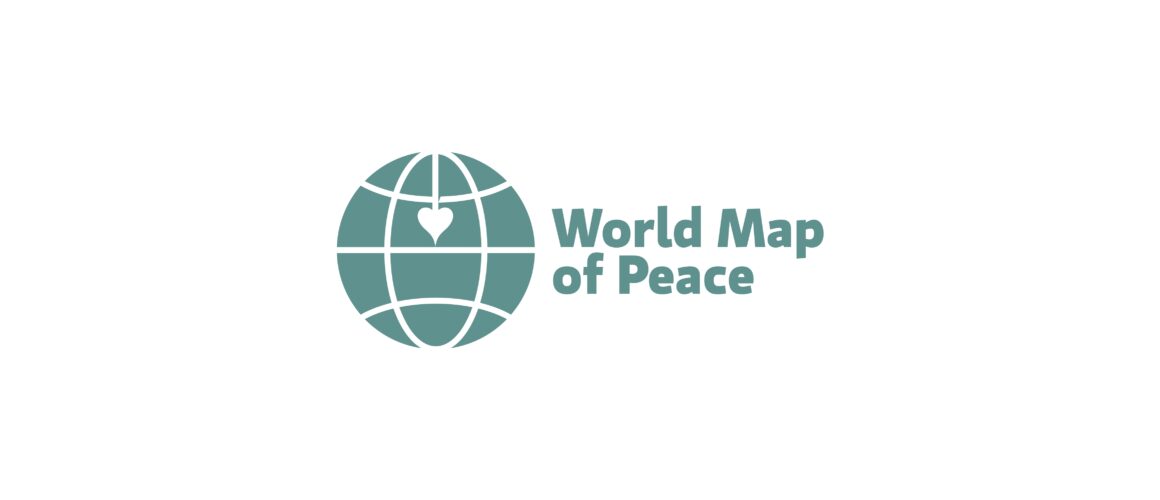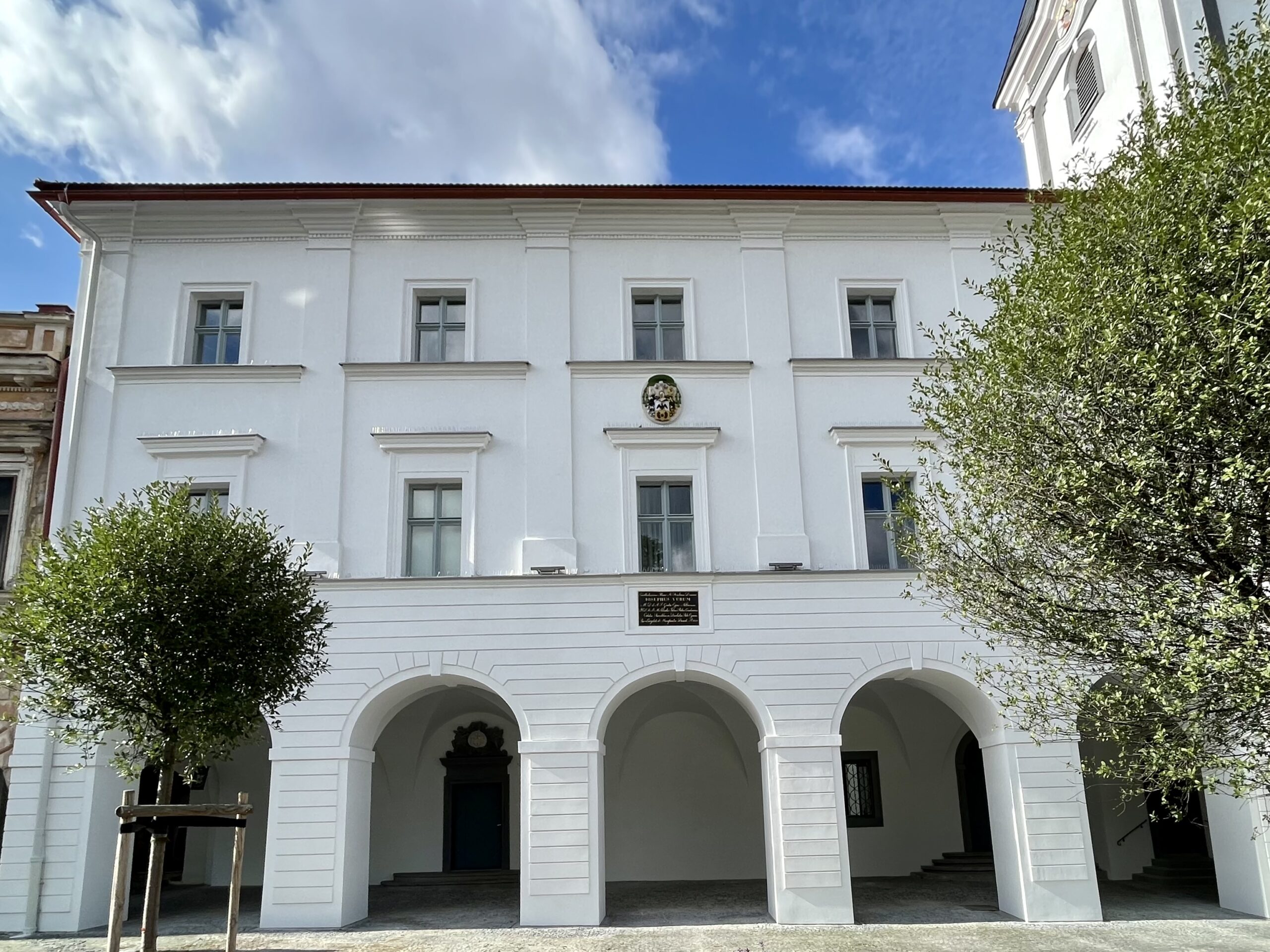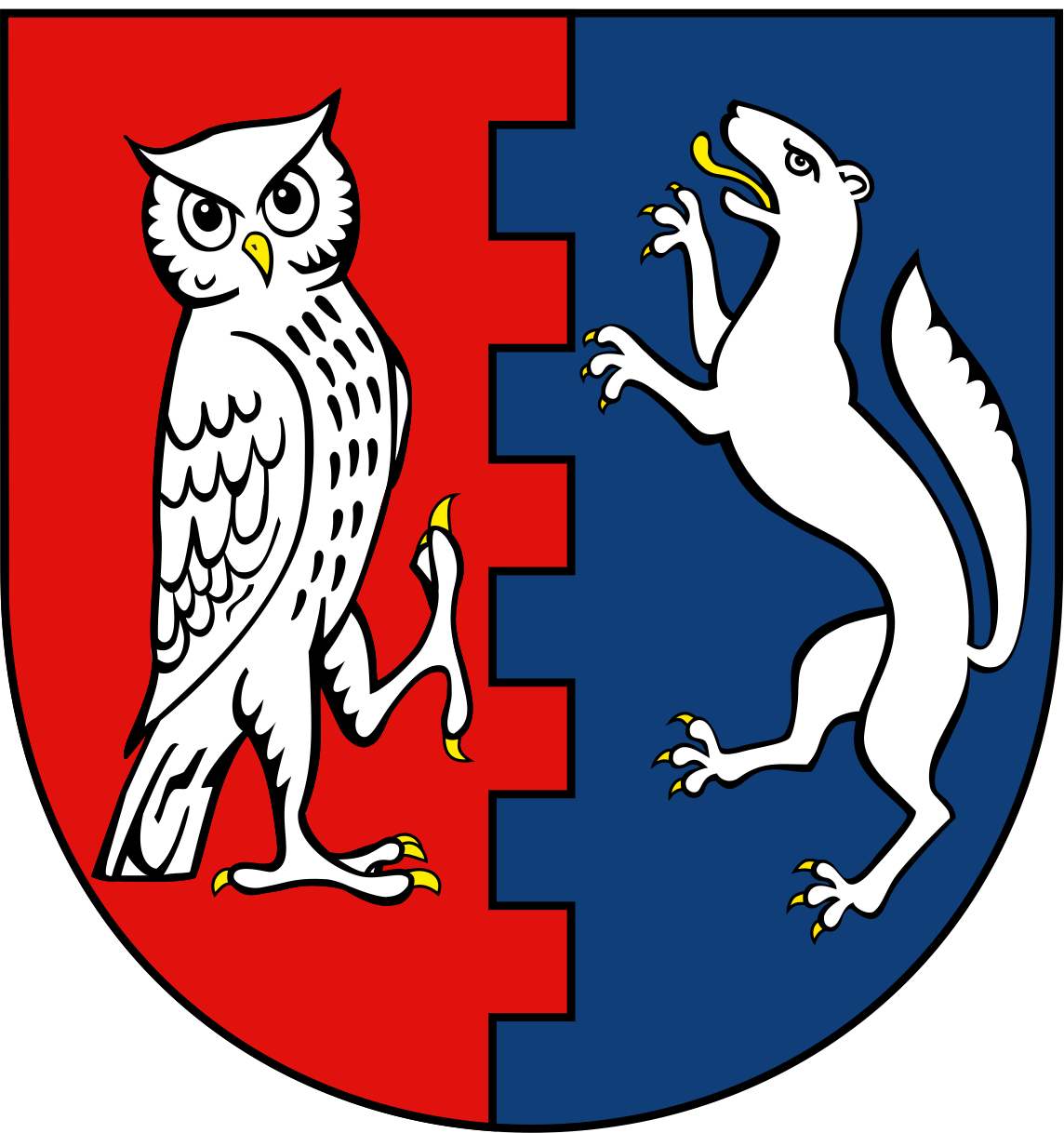Important note about the Russian invasion of Ukraine, February 24, 2022:
Although we are a strictly apolitical initiative, we must categorically condemn the evils and injustices of war, because ordinary people suffer the most in every war. We condemn gross violations of international law and the principles of the UN Charter. There is no rational justification for this war. Today, we are witnessing what a fragile commodity peace and friendship are. We believe that there are still people in Russia who want true peace without lies and political propaganda.We wish all these Russians good luck and keep their fingers crossed!
Žilina, May 18, 2021. All plantations of Trees of Peace in the world are connected by one brand: The World Map of Peace. The Map was created in 2021 on Earth Day to unify the individual plantings of the Trees of Peace in different countries of the world and give them a clear goal: to involve as many countries as possible into the planting of Trees of Peace and thus gradually supplement the Map of Peace.
The symbol of the Map of Peace is an evergreen tree, in botany also known as an evergreen (Latin binomial term sempervirens), thus such a plant which has foliage (needles) that remains green and functional through more than one growing season. This contrasts with deciduous plants, which completely lose their foliage during the winter or dry season. The evergreen plant has great connection and symbolism with a sustainable peace, which should not alternately “fall” and then “sprout” again like some deciduous trees, but should be as stable and continuous as evergreen plants thus always and still present.
By planting a coniferous tree in the Carl Gustav Swensson Park in Žilina began the mission of the World Map of Peace. At the time of its creation there were 10 countries on the World Map of Peace: Uzbekistan, Liechtenstein, Slovakia, the United Kingdom, Germany, Serbia, USA, Russia*, Poland and Austria.
*At present (2022), Russia is missing from the World Peace Map.





